Abidjan, Cote d’Ivoire (Ivory Coast) 2
 March 22, 2023 in Ivory Coast ⋅ ☁️ 86 °F
March 22, 2023 in Ivory Coast ⋅ ☁️ 86 °F
20 photos plus 2 videos at the end
Our next stop was the Assoyam Beach Resort where we had lunch and walked on the beach. I spent some time having an interesting discussion with a person I met whoRead more

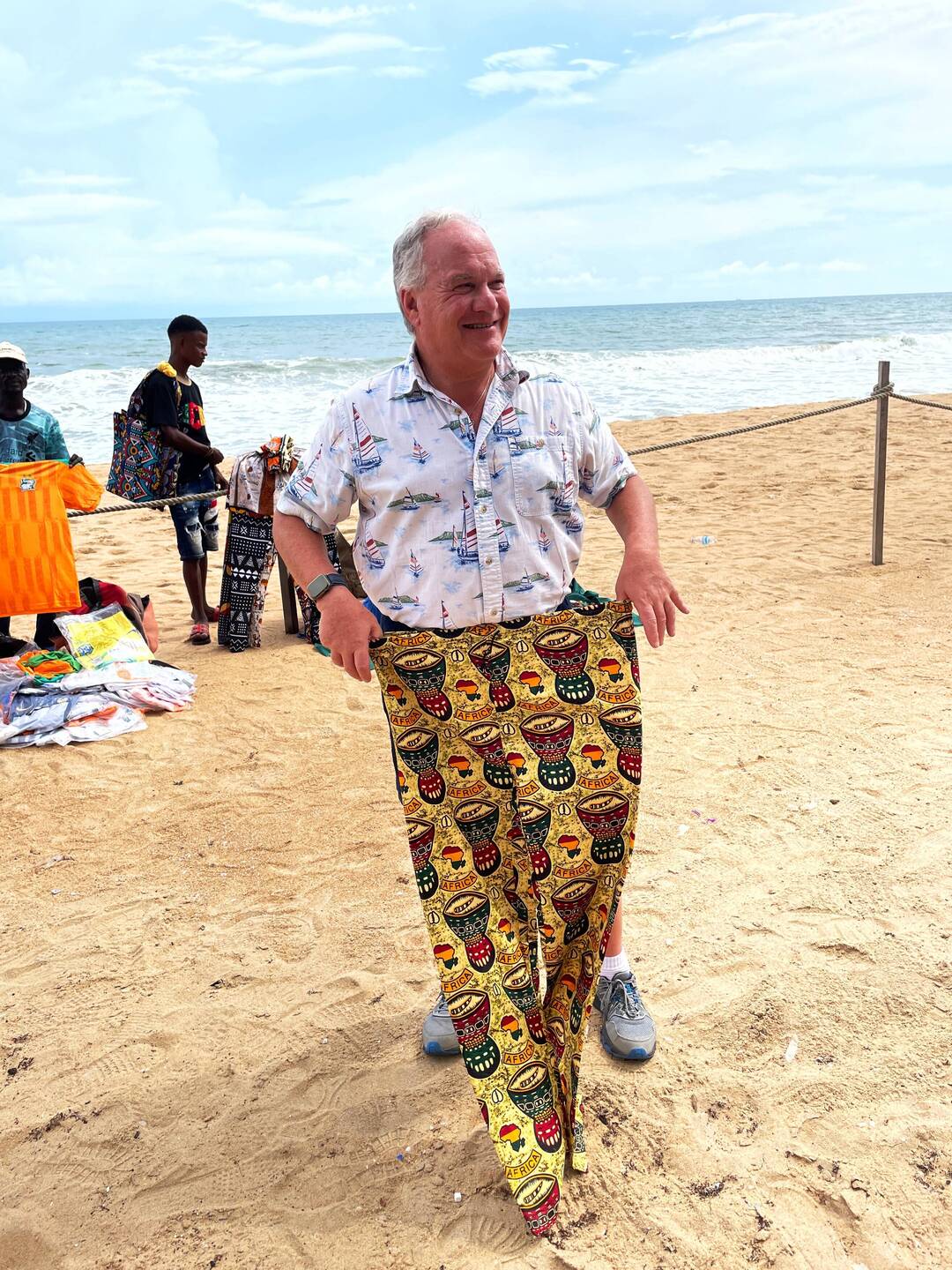
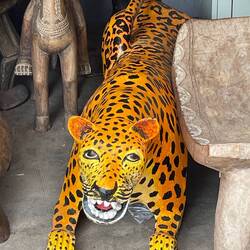
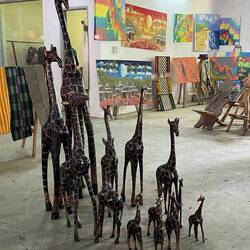
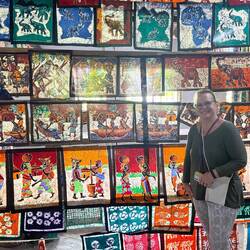
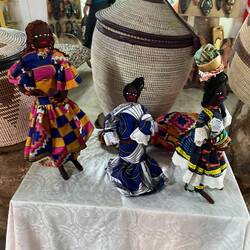
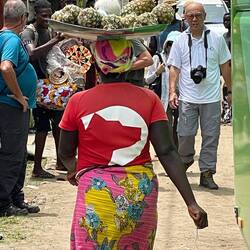


















































Traveler I like the police escort 🙋🏻♀️
Traveler Oh, did Bruce buy those pants?
Traveler Wait and see Togo Toga night!